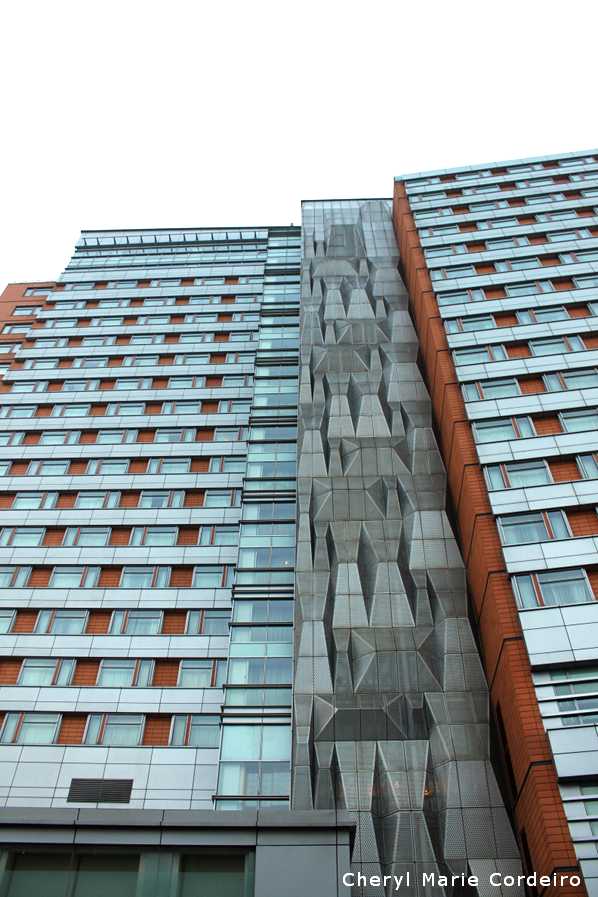Crowne Plaza Shanghai Fudan Hotel
Text & Photo © JE Nilsson, CM Cordeiro 2013
When looking at the facade of the Crowne Plaza Shanghai Fudan Hotel it is difficult to not read into the facets of its facade some influences from the constructivist art movement that grew out of Russian Futurism in the early years of the 20th century.
Constructivist architecture flourished in the Soviet Union in the 1920s and early 1930s. Its ideas were revolutionary at the time and combined advanced technology and engineering with social purposes.
This era was also a formative one for Shanghai, as it acted as an eastern melting pot between East and West in the Warlord epoque of China in the 1910s, around the years of the Russian revolution and the financial boom of WWI. As such one would not be too surprised to find traces of these ideas right here in the Yangpu district of Shanghai where much of China’s academia flourishes today.
It is even difficult not to draw references to Russian industrialism and earlier, the cubism of Picasso and Braque, in the facets of the facade looking like human beings standing on top of, lifting, carrying and supporting each other. Architecture depicting the human strive to higher and higher achievements.
The Russian bicyclist painting by Natalia Goncharova (Cyclist, 1913) comes to mind as another reference to the Russian futurism of the 1910’s. This can be seen in contrast to the slightly older painting by Ramon Casas, of himself and Pere Romeu on a tandem bicycle, 1897. The two works of art illustrate a dramatic change in ideologies and thus realities, that had come by in a mere few decades. The latter was painted specifically for the interior of the Els Quatre Gats in Barcelona, a restaurant and bar that was pretty much the center of the early Modernisme art movement in Barcelona at the turn of the century, and also the very place where Picasso had his first exhibition.

Curved facade of the Crowne Plaza Hotel.
Differing realities as a consequence of a society in transformation is also what somewhat describes the vibes between the different parts of the city of Shanghai.
Some eight kilometers north of the Shanghai Bund is Fudan University, one of China’s most selective, placed in the country’s list of Ivy League. In close proximity, is Tongji University and the Shanghai University of Finance and Economics. The congregation of these three higher education institutions sit in a nest of about fifteen other tertiary education institutions in Shanghai, that together brand the district as a focal point of knowledge and innovation.
Located at the outer rim of Fudan University’s Handan campus is the Crowne Plaza Shanghai Fudan Hotel, built in 2005 to cater to the University’s needs of lodging visiting groups and professors.
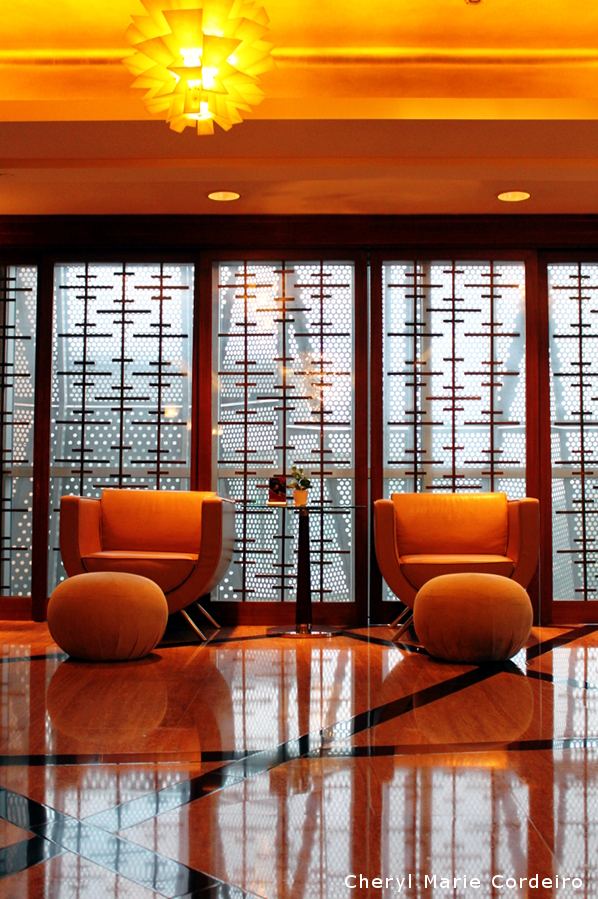
Glow
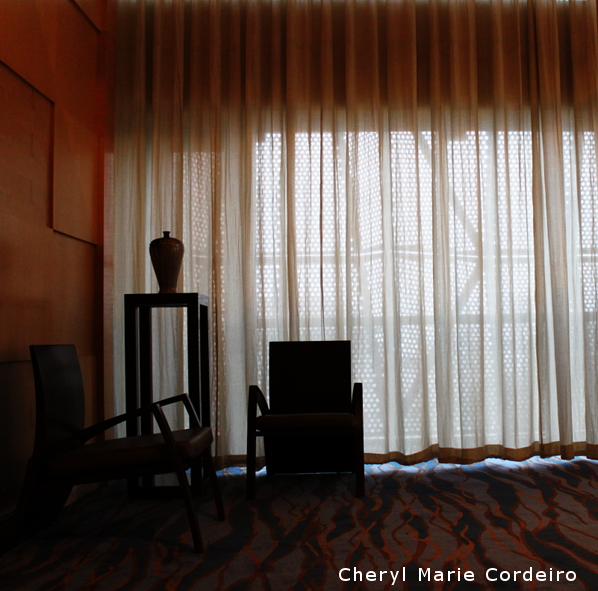
Dawn
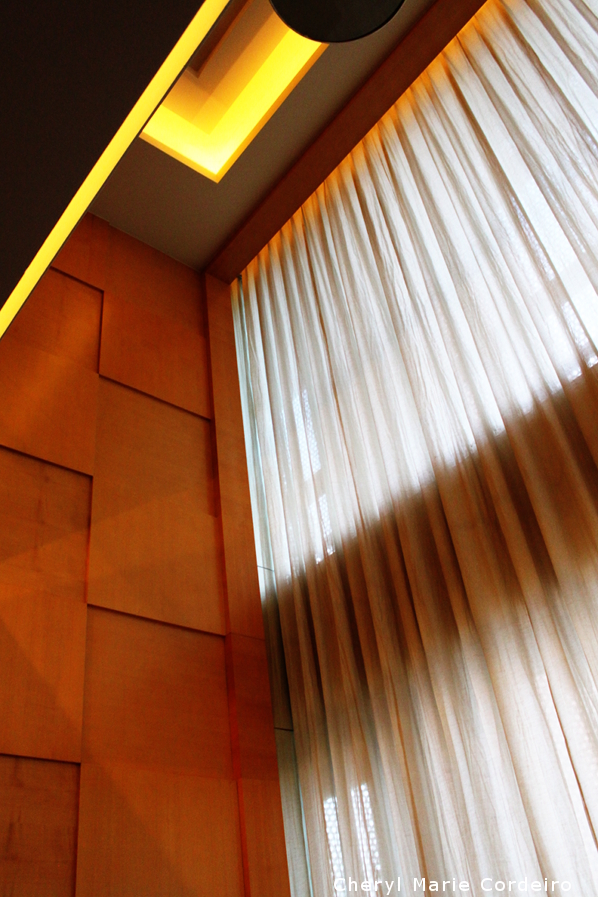
Light well
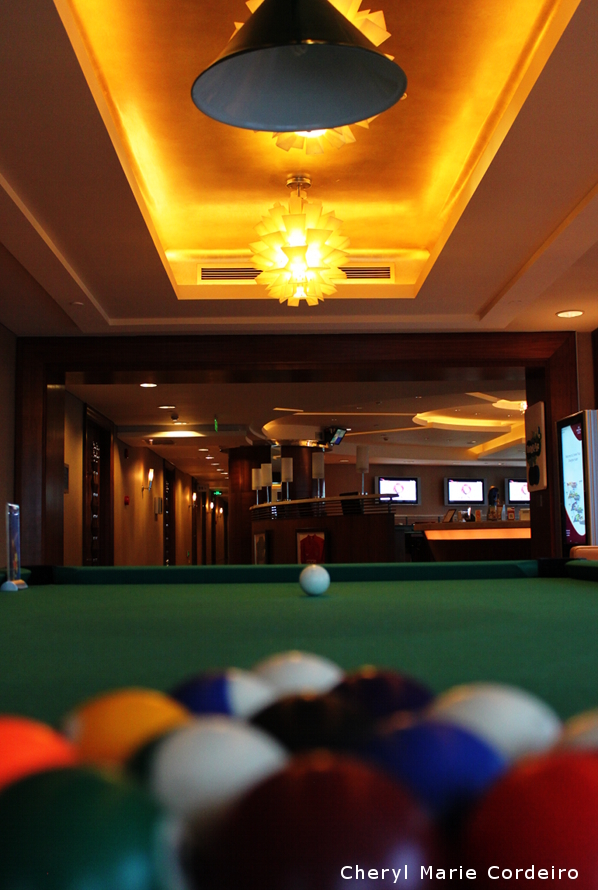
Billiard table
That the Yangpu district has developed into an academic hotspot as such is perhaps of little coincidence. Located on the same side of the Huangpu River that before connecting to the Yangtze, cuts modern Shanghai in half just a few kilometres north of the Bund, the southern area was established as an international settlement already in the mid-19th century. From then on, it was heavily industrialized. Today, it has developed into residential areas and inland further north is where the heavyweights of academic institutions are located.
It seems too, as if this area’s transition from agriculture to industrial within a relatively brief period of time, is reflected in the types of foods that is available, ranging from local to continental. The absence of typical Shanghainese food is noticeable, where even the Chinese culinary array that is presented here appears to be everything but local.
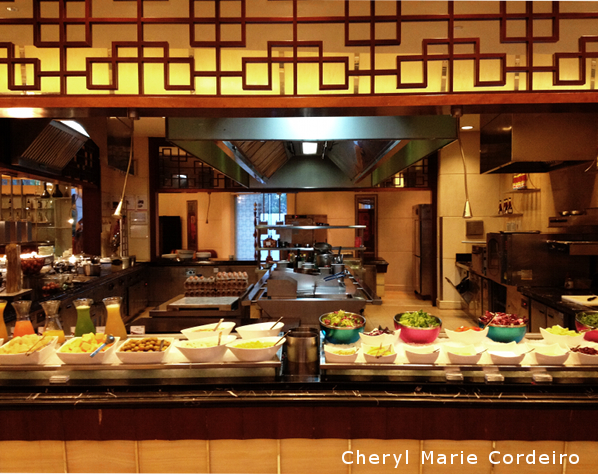
Kitchen


Traditional
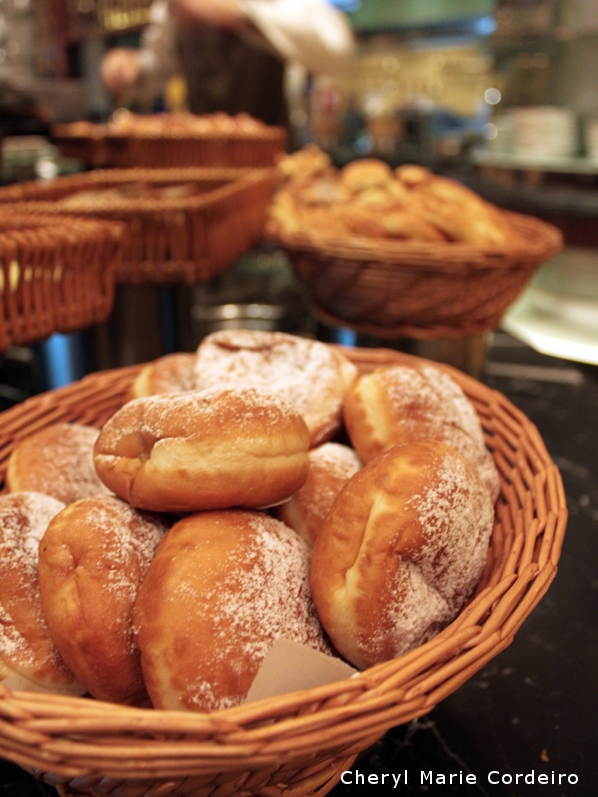
Continental
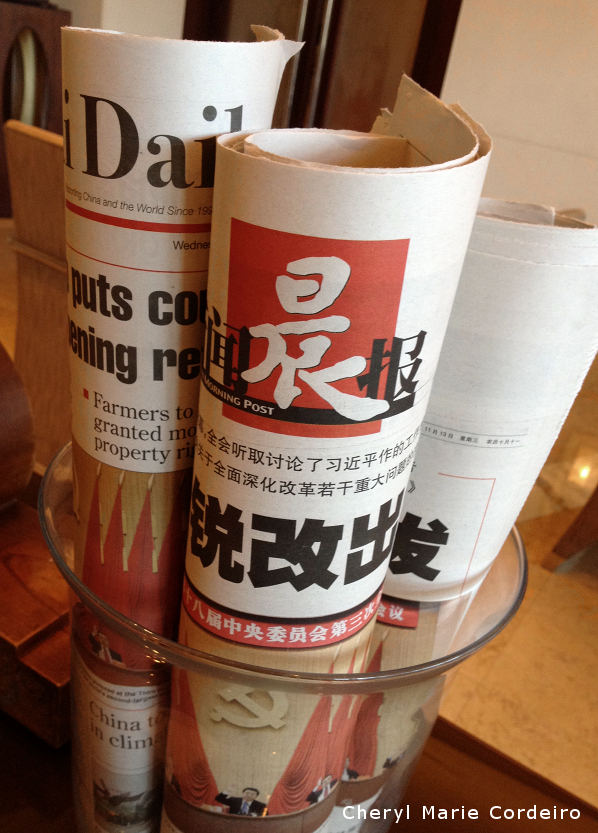
News

Koi
In general, several contextual factors contribute to the daily vibrations of northeastern Shanghai that makes its fabric of reality distinct and different from that of the central financial district and the area around the Bund. One such factor is its aggregation of top universities that will continue to dialogue in longitude with its social and material landscape.
Most Ivy League universities in China today aspire to foster the country’s leaders of the future. Fudan University perhaps more so than most, due to its history and prestige.
With a large local population of students, you’ll find the city spattered with pockets of amenities available at almost arm’s length for most student living purposes.
In this context, it is interesting to observe how ideology reflects in architecture as much as architecture is reflecting of ideology, and that the ultimate inspiration to the Russian futurists was the old Filippo Marinetti’s Futurist Manifesto.
